CAN'T GO ANYWHERE?…Ni Modo, Be Smart and Play More Board Games!
- TLALOCO

- Jul 5, 2020
- 10 min read
Remember the games you used to play as a child? Hide & Seek, Hopscotch, Jump Rope, and Tetherball.
They were the precursors of future outdoor games, soccer, track, baseball, basketball, and football.
The former were mostly meant to be fun exercises in developing motor skills and balance and the latter too, until they became an athletic obsession…for the select few!
But what about those other games – the classic board games – we grew up playing like, Checkers, Chinese Checkers, La Lotería (Bingo), Scrabble and Chess? Why have these games remained popular after all these years?
Well, think back to when society, as we know it, had no radio, TV or phones. Boredom can quickly overtake you in the evening hours unless you were lucky to have a board game around.
Even now, with the RONA still haunting our nation and we remain at home, what is there to do?
After all the, chores and cleaning is done to the yard, garage and house and the Netflix/HULU/VUDU/Apple/Amazon binge watching is over, what can we do? Play board games!
Did you know that classic board games captured the ideas and worldviews of their cultures and passed them on to future generations? Games were important as cultural and social bonding events, as teaching tools, and as markers of social status. That’s right, some board games were only played by royalty or religious leaders.
People have been playing board games since the Stone Age, when humans started living together in groups. The natural desire for entertainment and competition inevitably produced the first games of skill, strategy, and chance.
Obviously, no one knows exactly when the first board game was invented or played. But scholars have agreed that the oldest game was “Senet,” or “Senat" an ancestor of Backgammon. It was played in Predynastic Egypt, dating it to around 3100 BCE.
Because the Senet game relied heavily on luck it was thought that the winner was under the protection of the gods and its name came to mean ‘the game of passing.’ Senet boards were often placed in the grave to help the deceased through the afterlife.
Dice games go back at least to 5000 BCE. Of course, dice games are not board games, but most board games that use random chance, need dice to function properly.
The oldest confirmed dice found in a dig site in Turkey along with other game pieces, dates near 3,000 BCE. Mesopotamian dice were made from a variety of materials, including carved knuckle bones, wood, painted stones, and turtle shells.
On our side of the planet, the Americas, mysterious holes arranged in “C” shapes were found—punched into clay floors at the Tlacuachero archaeological site in Mexico's Chiapas state. They may have been dice-game scoreboards, used by the Chantuto people. The Chantuto were foragers who lived along the coast of what is now southern Mexico between about 3,500 to 7,500 years ago.
Historical accounts revealed a “striking similarity” between the Chantuto holes and known native gaming boards—including those used by the Aztec in the 1500s and northern Mexico's Tarahumara in the 1800s. If true, then the semicircles found at the Tlacuachero site are the oldest known evidence of games in Mesoamerica, a region that stretches from Mexico to Costa Rica.
Another ancient Mesoamerican board game, called Patolli, held a particular fascination for the Mexica (Aztecs). It was a game also played by the Maya.
The goal was to come first in moving a set of pebbles from one end of the board to the other. Patolli was usually played on a mat but a board could be just traced out on the ground.
The board was marked with 60 or 70 places for the pebbles. The places were of four kinds, apparently with distinct effects on the pebbles’ progress. The dice would be made of dried beans, stones or bone.
Patolli or variants of it was played by a wide range of pre-Columbian Mesoamerican cultures and known all over Mesoamerica: the Teotihuacanos (the builders of Teotihuacan, ca. 200 BC - 650 AD) played it as well as the Toltecs (ca. 750 - 1000), the inhabitants of Chichen Itza (founded by refugee Toltec nobles, ca. 1100 - 1300), the Aztecs (who claimed Toltec descent, 1168 - 1521), and all of the people they conquered (practically all of Mesoamerica, including the Zapotecs and the Mixtecs). The ancient Mayans also played a version of Patolli.
History of popular table games played today
Today, one of the easiest and popular board games, especially for young kids is Checkers. The board game called "Checkers" in North America and "Draughts" (pronounced as "drafts") in Europe is one of the oldest games known to man.
The history of checkers can be traced to the very cradle of civilization, where vestiges of the earliest form of the game was unearthed in an archeological dig in the ancient city of Ur in southern Mesopotamia, which is now modern-day Iraq.
Checkers continues to be as popular as ever and people all over the world play different versions of the game to entertain themselves, strengthen their powers of logic or simply enjoy quality time playing a good game at home with the family.
You may have grown up playing Chinese Checkers believing it was invented in China. It wasn’t! The funny thing about Chinese Checkers is that it is neither Chinese in origin nor a game of checkers.
The origin of Chinese checkers can be traced to "Halma," that became popular in Great Britain in the 1870s, and which in turn was based on an older British board game called "Hoppity." The six-pointed star, or "Stern," was later introduced in 1892 into the board by the German game company, Ravensburger, and called, "Stern-Halma." Then, in 1928, it was renamed "Chinese Checkers," to attract a wider audience.
A craze for the game hit America in the 1930s. Despite the popularity of the game, its past was not totally obliterated and is still called Halma in Germany where it is played under the original rules.
Each of the six points of the star, which has its own color, contains ten marbles of the same color. Because the star on the board layout has six points, up to six players can play the game.
The goal of each player is to get all his marbles to his opponent's star point directly facing him.
Chinese checkers is so simple that children can easily learn it. With the help of the game, parents can teach their children to learn critical thinking and motors skills. Even a child who is poor in basic arithmetic will be able to play the game because it does not involve any dice throwing, counting, or scoring.
The Bingo game's history can be traced back to 1530, to an Italian lottery called "Lo Giuoco del Lotto D'Italia," which is still played every Saturday in Italy. From Italy, the game was introduced to France in the late 1770s, where it was called "Le Lotto", a game played among wealthy Frenchmen. The Germans also played a version of the game in the 1800s, but they used it as a child's game to help students learn math, spelling, and history.
When the game reached North America in 1929, it became known as "beano," because people used beans to mark their cards. It was first played at a carnival near Atlanta, Georgia. New York toy salesman Edwin S. Lowe renamed it "bingo" after he overheard someone accidentally yell "bingo" instead of "beano."
He hired a Columbia University math professor, Carl Leffler, to help him increase the number of combinations in bingo cards. By 1930, Leffler had invented 6,000 different bingo cards. They were developed so there would be fewer non-repeating number groups and conflicts when more than one person got Bingo at the same time.
Not only did the E.S. Lowe company produce bingo cards, but Lowe also developed and marketed the game Yahtzee, for which he bought the rights from a couple who played it on their yacht. His company was sold to Milton Bradley in 1973 for $26 million. Games are fun…and profitable!
Bingo or Lotería, as it’s known in the Spanish speaking communities, had its beginnings in church fundraising efforts. Lotería uses pictures instead of numbers on their cards.
Lotería's growth has paralleled the popularity of online casino games. Today, the gaming industry throughout Latin America controls Bingo operations and gaming halls.
In Mexico, for example, Caliente, CIE (Compañía Interamericana de Entretenimiento), and Televisa – the three biggest gaming operators in the country – use Lotería as part of a strategy within a larger one of running betting establishments. They run ‘Yak’ halls, which is slang for Lotería's.
Scrabble is an all-American game with a rags to riches story to match! During the Great Depression, an out-of-work architect named Alfred Mosher Butts decided to invent a board game.
He did some market research and concluded that games fall into three categories: number games, such as dice and bingo; move games, such as chess and checkers; and word games, such as anagrams.
Butts wanted to create a game that combined the vocabulary skills of crossword puzzles and anagrams, with the additional element of chance. The game was originally named Lexico, but Butts eventually decided to call the game "Criss-Cross Words." Don’t laugh ese, at least he didn’t name it after himself!
He studied the front page of The New York Times to calculate how often each of the 26 letters of the English language was used. He discovered that vowels appear far more often than consonants, with E being the most frequently used vowel. After figuring out frequency of use, Butts assigned different point values to each letter and decided how many of each letter would be included in the game.
The letter S posed a problem. While it's frequently used, Butts decided to include only four S's in the game, hoping to limit the use of plurals. After all, he didn't want the game to be too easy! PuroChisme thinks he got it perfect!
His basic cryptographic analysis of the English language and his original tile distribution have remained valid for almost three generations and for the billions of games that have been played. More importantly, it is a great game for learning new words and creating future spelling bee champs!
Butts' first attempts to sell his game to established game manufacturers were failures, but he didn't give up. He and his partner, game-loving entrepreneur James Brunot, refined the rules and design of the game, and renamed it Scrabble. The name, which means "to grope frantically," was trademarked in 1948.
The first four years were a struggle. Then in the early 1950s, the president of Macy's discovered the game on vacation, and ordered some for his store. Within a year, everyone "had to have one," and Scrabble sets were being rationed to stores around the country...Tu sabes, like we do now with masks and toilet paper!
The history of how Chess originated is as cloudy as the game itself. The most commonly held belief is that chess originated in India, where it was called Chaturanga, which appears to have been invented in the 6th century AD.
It is thought that Persians created a more modern version of the game after the Indians. In fact, the oldest known chess pieces have been found in excavations of ancient Persian territories. Another theory exists that chess arose from a similar game existing in China since the 2nd century BC. Regardless of its origins, Chess is considered to be the No.1, world-wide classic game of strategy.
Chess is the only game that emphasizes strategy between two adversaries. With just 64 squares it simulates two opposing nations that wage war on each other battling until there is a lone king cornered conceding defeat.
What PuroChisme absolutely loves most about this game is that it is a true test of tactics and intellect. The better your opponent, the better you will learn to play. It has zero elements of chance or luck. Unless you count your opponents bad move as luck!
Each player holds six different types of chess pieces that has unique ways to move across the board. Each side starts with 16 pieces: eight pawns, two bishops, two knights, two rooks, one queen, and one king. One player has dark, the other light colored pieces. The Queen is considered the most powerful and the King the weakest. Pues...just like in real life, que no?
Oh, one more thing...White moves first! Que, QUE? No te ahuites...in this game, you too can be white!
What most casual players don't know, is how many Chess move possibilities exist every time they begin a game. After both players move, 400 possible board setups exist. After the second pair of turns, there are 197,742 possible games, and after three moves, 121 million.
At every turn, players chart a progressively more distinctive path, and each game evolves into one that has probably never been played before.
PuroChisme? No Ese, es la verdad!
One more important feature that all parents should know about Chess and other strategic board games. Today, the world enjoys plenty of modern games for adults and our youth.
Games like, Monopoly, Risk, Settlers of Catan, Codenames, Tsuro, Battleship, Clue, Domino's and Stratego, to name a few. All of them provide a health benefit by enhancing brain activity at a higher level.
But Chess stands out as the ultimate brain engine igniter! It helps prevent Alzheimer’s by exercising brain tissue. If you don't use it, you lose it! One study showed that Chess increases IQ levels by exercising both sides of the brain, the (Left) logic, math, and science side and the (Right) creative side.
It improves your memory, concentration and problem-solving skills too. In a two-year study in 1985, young students who were given regular opportunities to play chess improved their grades in all subjects, and their teachers noticed better memory and better organizational skills in the kids.
Lastly, it helps your dendrites grow in the brain. Don’t worry they aren’t nose hairs!
Dendrites are the tree-like branches that conduct signals from other neural cells into the neurons they are attached to. They act like antennas picking up signals from other brain cells. The more Dendrites you have and the bigger they are, the more signals you’ll pick up.
Learning a new skill like chess-playing causes dendrites to grow. Símon, wisdom can come from playing more board games!
Chess is one of the world's most ancient and popular games, played by millions of people all across the globe. You can easily find instructions on the internet and even chess “Apps” that play to your level of ability, from beginner to grand master.
Back in the time of your parents youth, any store-bought chess game rarely came with any instruction manual. To learn, one must have been taught by someone, who had to learn from someone else, so on and so forth. That is what makes this board game unique in world history. Chess is a tradition that links the past to the present day.
“Play the opening like a book, the middle-game like a magician,
and the endgame like a machine.”
Unknown Grandmaster at the 1895-96 St. Petersburg Chess Tournament

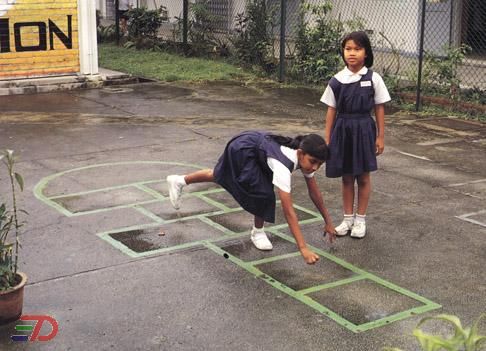



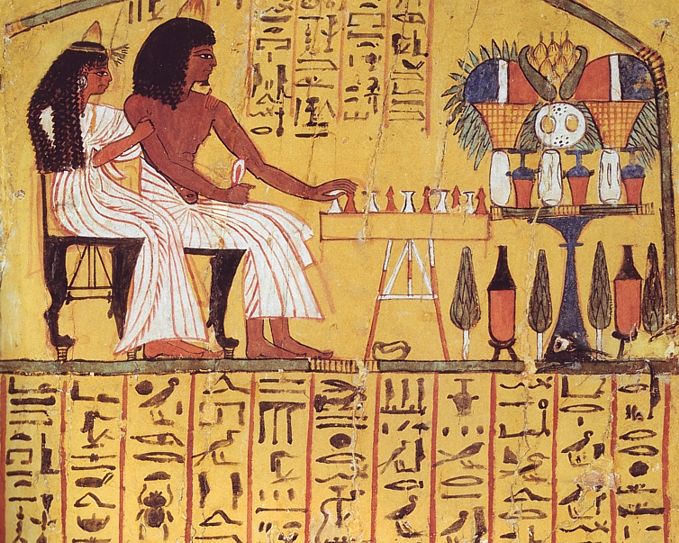











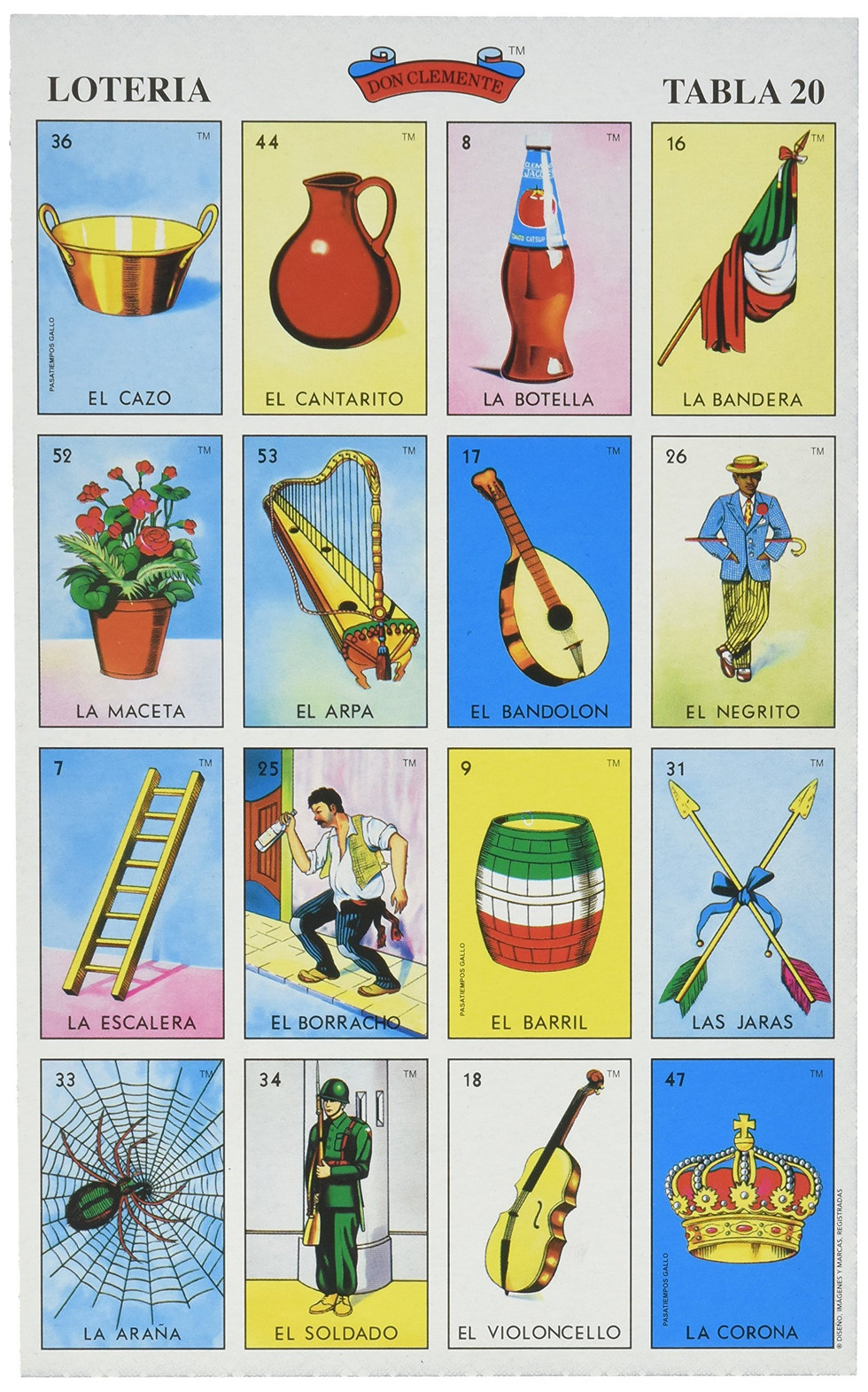

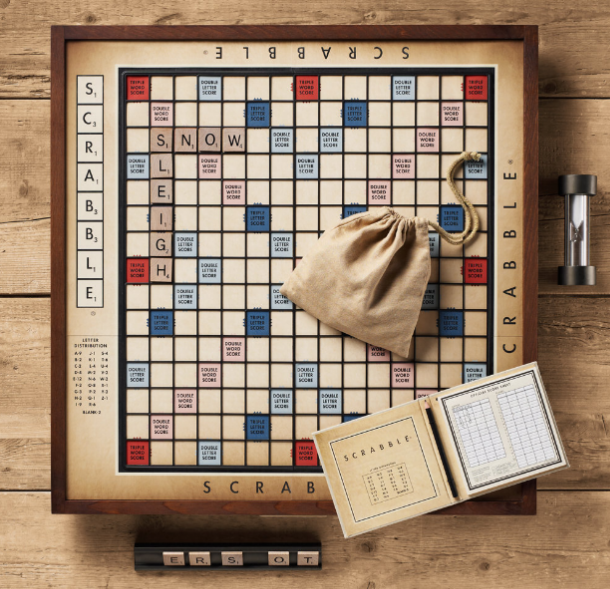



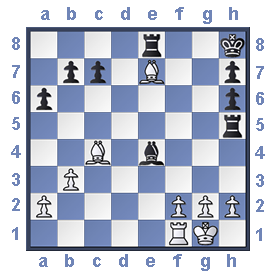

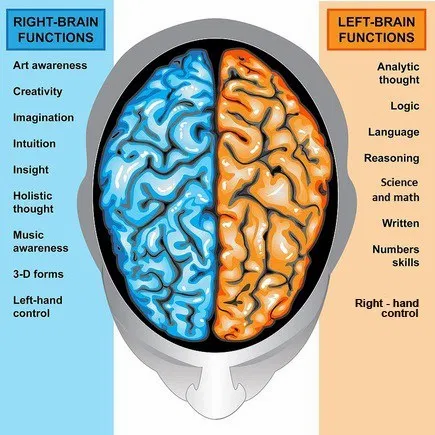

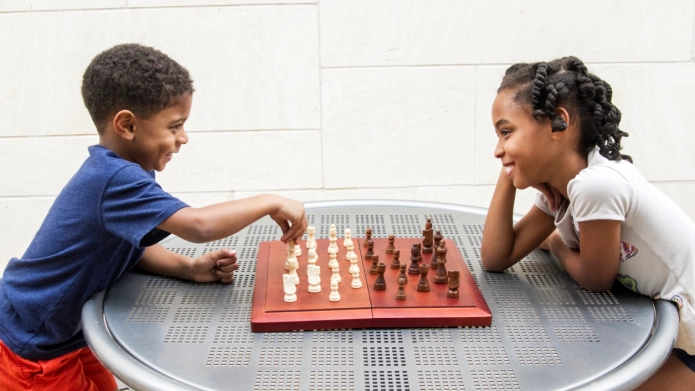



Hôm nọ, mình tình cờ thấy được thông tin liên quan đến https://tg88link.com/ trong một cuộc trò chuyện trên mạng, nên quyết định mở trang đó xem thử. Mặc dù không đào sâu lắm, nhưng mình đã lướt qua một chút và thấy rằng cách trình bày nội dung rất rõ ràng, các phần mục cũng được sắp xếp hợp lý nên dễ theo dõi. Với mình, chỉ cần như vậy là đủ để có cái nhìn tổng quan rồi. Nhìn chung, tg88link.com có vẻ cung cấp thông tin thú vị cho những ai quan tâm đến các hoạt động trực tuyến.
Hôm trước mình tình cờ thấy mọi người bàn về kết quả bóng đá và có nhắc đến bongdaso, nên quyết định ghé qua xem thử. Mặc dù chỉ lướt qua nhanh, nhưng mình thấy cách trình bày thông tin rất rõ ràng, dễ theo dõi. Các tỷ số và thông tin liên quan được sắp xếp hợp lý, giúp mình nắm bắt nhanh tình hình. Thật sự là một nguồn thông tin hữu ích cho những ai quan tâm đến bóng đá, có thể tìm hiểu thêm tại bongdaso.org.
Hôm qua mình đang tìm kiếm thông tin về dự đoán xổ số, tình cờ thấy trang soi cầu 247. Mình mở ra xem thử, giao diện khá đơn giản, không quá cầu kỳ nhưng dễ nhìn. Mình có lướt qua một vài bài viết và thấy họ phân tích cũng khá chi tiết, nhưng không biết có chính xác không. So với mấy trang khác mà mình từng xem thì mình thấy trang này có vẻ trực quan hơn, dễ dàng tìm kiếm thông tin. Mình đã bookmark lại để tiện theo dõi thêm, hy vọng sẽ giúp ích cho việc chọn số sau này!